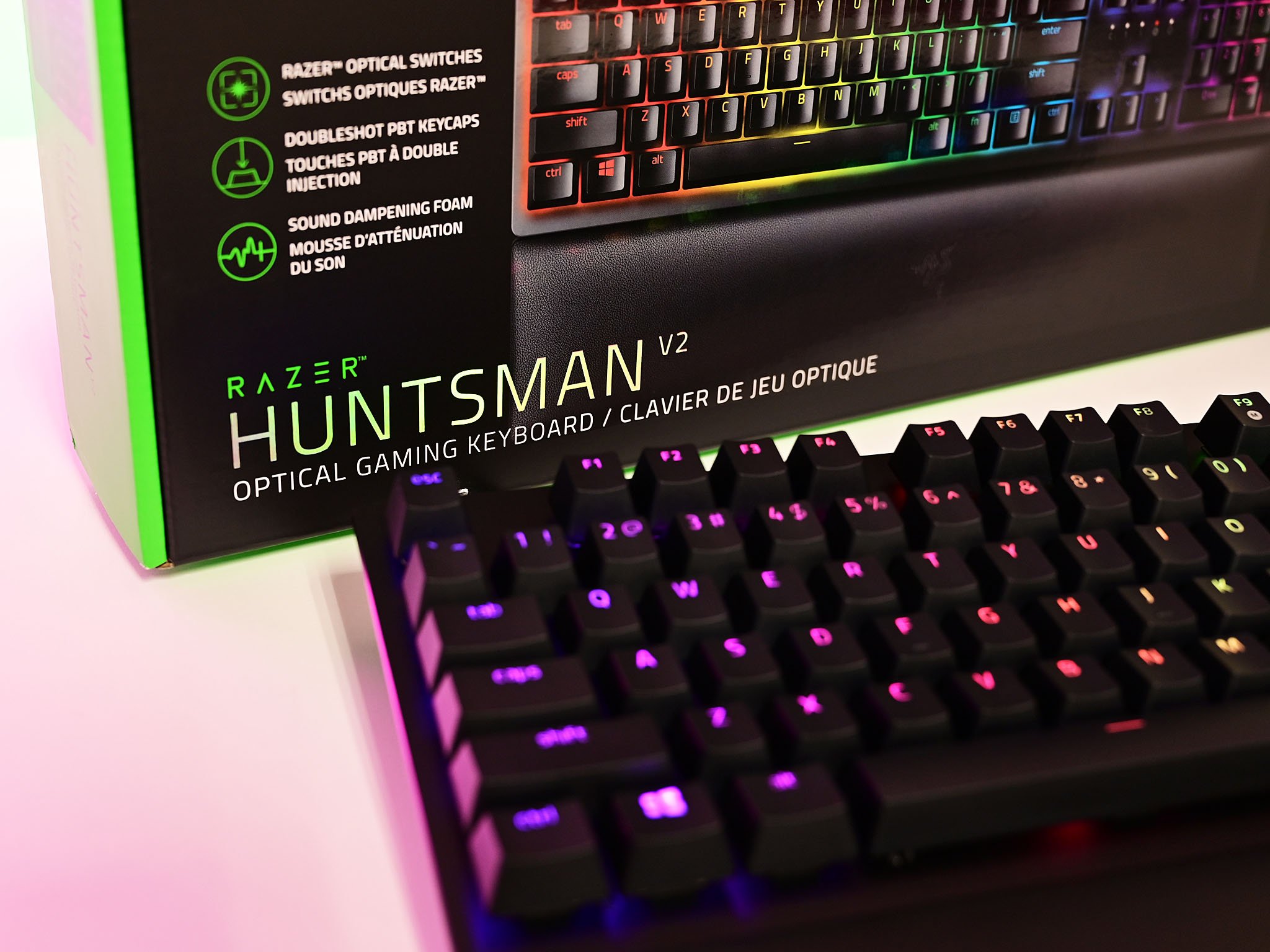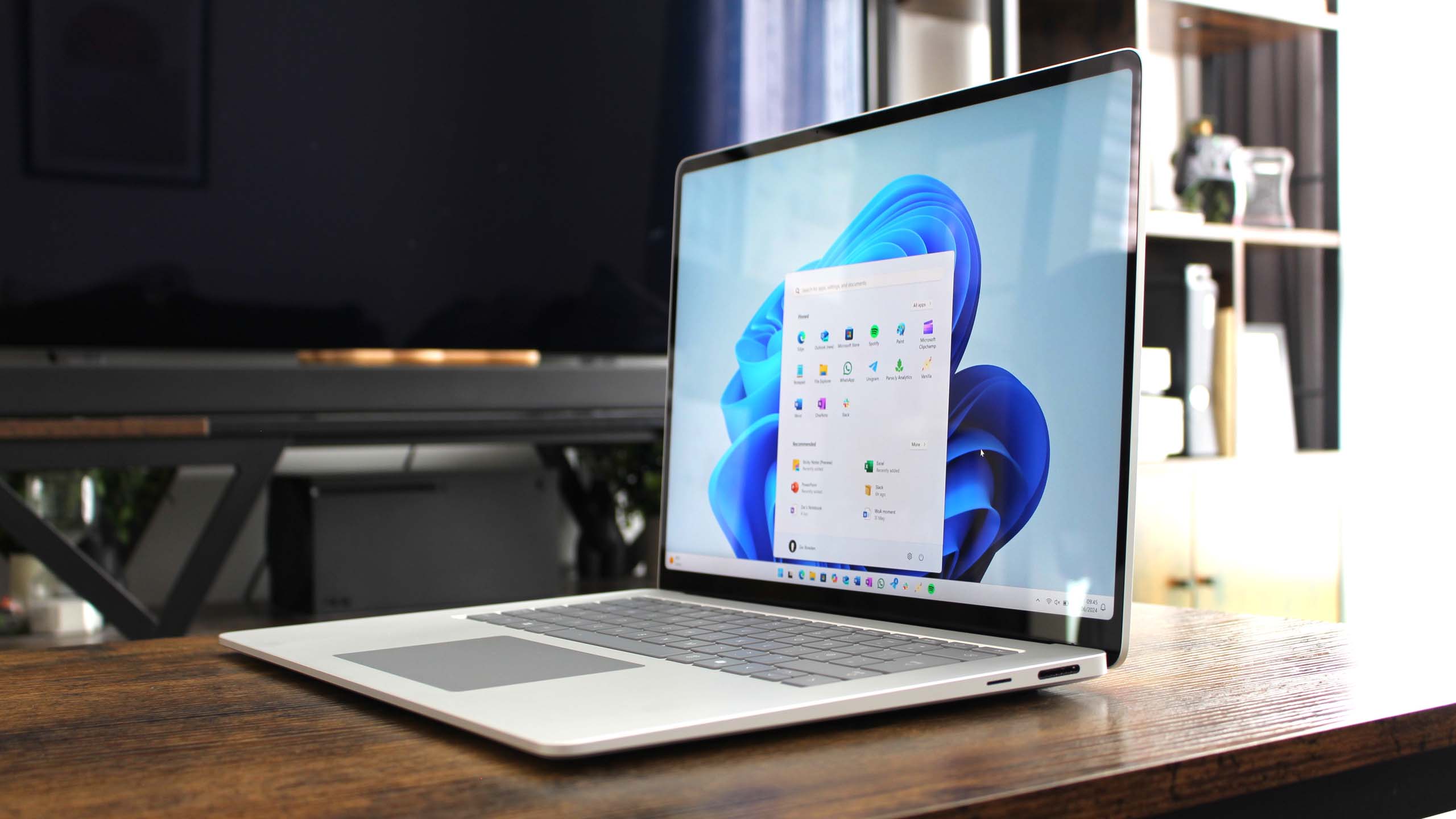The original Razer Huntsman keyboard lineup has been a runaway success. It was the best-selling keyboard line in 2020, and it's easy to see why. When it first launched with its optical switches in tow, it was a game-changer, and whether you're a casual or competitive gamer it was hard not to recommend as one of the best keyboards.
Even today, the various Huntsman keyboards still stand up. But Razer rarely stands still for too long and as we enter the final portion of 2021, the Huntsman V2 and V2 TKL are here.
Razer is streamlining the Huntsman family with the sequel. There's no more Elite or Tournament Editions, you're getting basically the same keyboard but in two different sizes. And like Razer's other recent keyboards, layouts have been standardized so that you can customize them easier.
If you're on the lookout for a new gaming keyboard as we head towards the holiday season, this might just be the one.
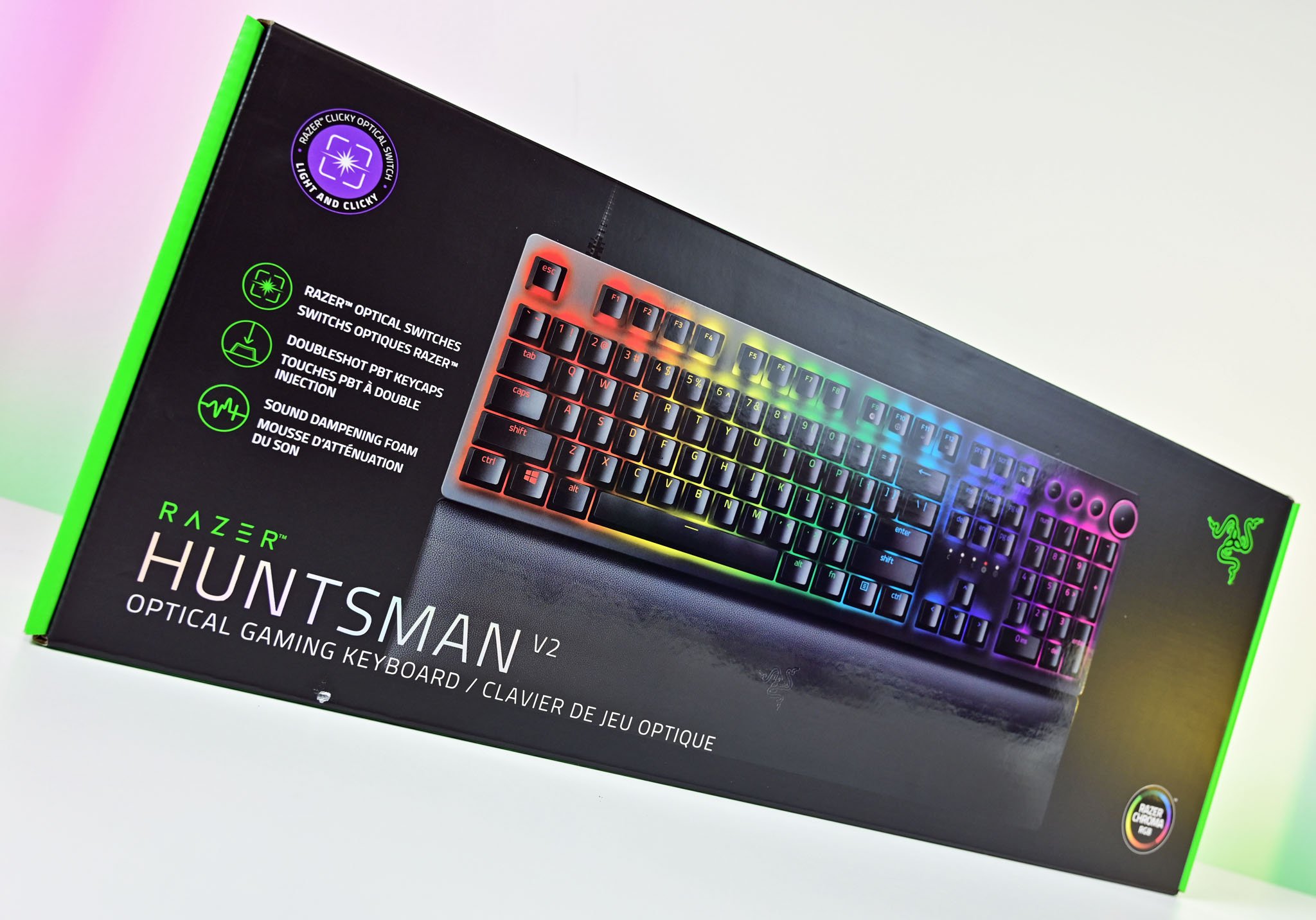
Bottom line: Refinements to the first-generation Huntsman are the name of the game, but even greatness can be made better and the Huntsman V2 is a stunning gaming keyboard.
For
- Improved optical switches
- Doubleshot PBT keycaps with a standard bottom row
- Detachable USB-C cable on the TKL
- Wrist rest included with both
- Sound dampening foam
- Choice of purple and red switches
Against
- Quite pricey
- Linear switches aren't so great for typing
- Wrist rest doesn't attach to the keyboard
Razer Huntsman V2: Price and availability
The Razer Huntsman V2 and V2 TKL are available to order from September 16, initially from Razer's own store. The smaller V2 TKL costs $160, while the full-size V2 costs $200.
Razer Huntsman V2: What you'll like
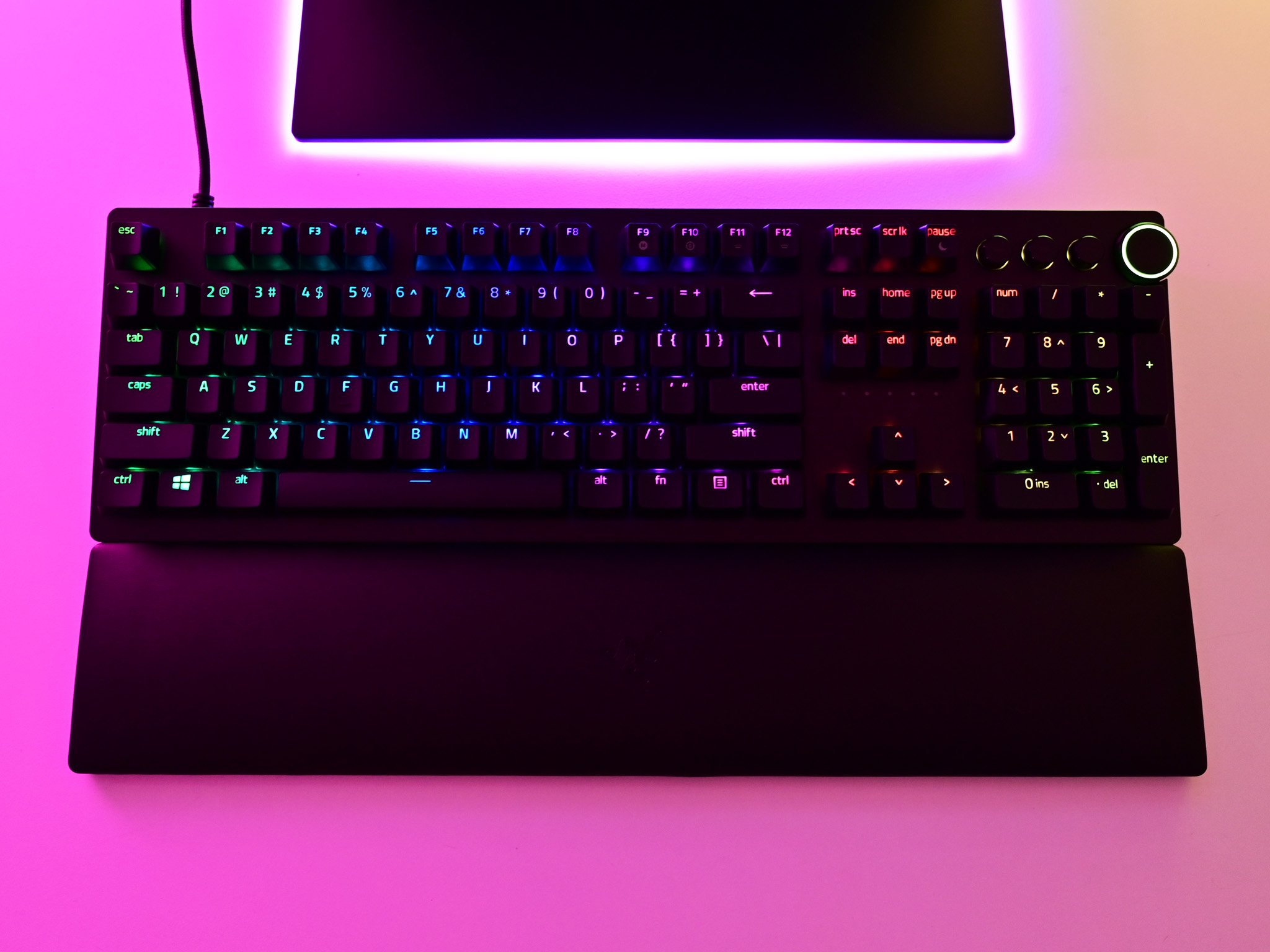
Razer doesn't make bad keyboards anymore, which can make choosing a bit more difficult. It's the best kind of problem to have, but with the Huntsman V2 family, the whole lineup has been streamlined a little. Instead of Elite and Tournament Editions alongside a regular one like the previous generation, there's now just one Huntsman V2. You get it in either a full-sized layout or a TKL if you're a fan of smaller keyboards. There are minor differences, such as a detachable cable on the TKL and a media dial and keys on the full-size, but otherwise, it's the same Huntsman V2.
This is a really positive step from Razer. The company makes so many good products but it's starting to streamline things to make choosing the one you want easier. The core of both of these keyboards is the same.
So what makes the Huntsman V2 tick? As with its predecessors, the Huntsman V2 comes with Razer's optical switches. The latest 2nd generation optical switches now boast 8000Hz HyperPolling and 0.1ms latency, or in a more quantifiable term, basically instant actuation. Because the switches rely on light and not a piece of metal, as soon as the beam is broken, the switch responds and you see your output.

The Huntsman V2 has a choice of optical switches, too, with either purple clicky switches or red linear ones. If you're planning to do a lot of typing, the purples will always be our recommendation, as you get a little more tactile feedback and it's harder to make accidental actuation.
One of the other big changes to this year's Huntsman is underneath. Literally underneath. Razer has taken the bold step of lining the body of the keyboard with sound dampening foam. Why? It allows for dulling of the sound of the switches without changing their feel. The purple switches in particular can be quite loud, but with the Huntsman V2, you'll get the same great feel but a slightly quieter sounding click.
And it really works. My review sample has the red switches (our own Daniel Rubino also has the purple switches), but the feel is identical to previous Razer keyboards with linear switches, but the sound is duller. Remarkably, it's on par with the sound I get from a keyboard running Cherry MX Silent switches. Perhaps even a touch quieter, especially on the spacebar.
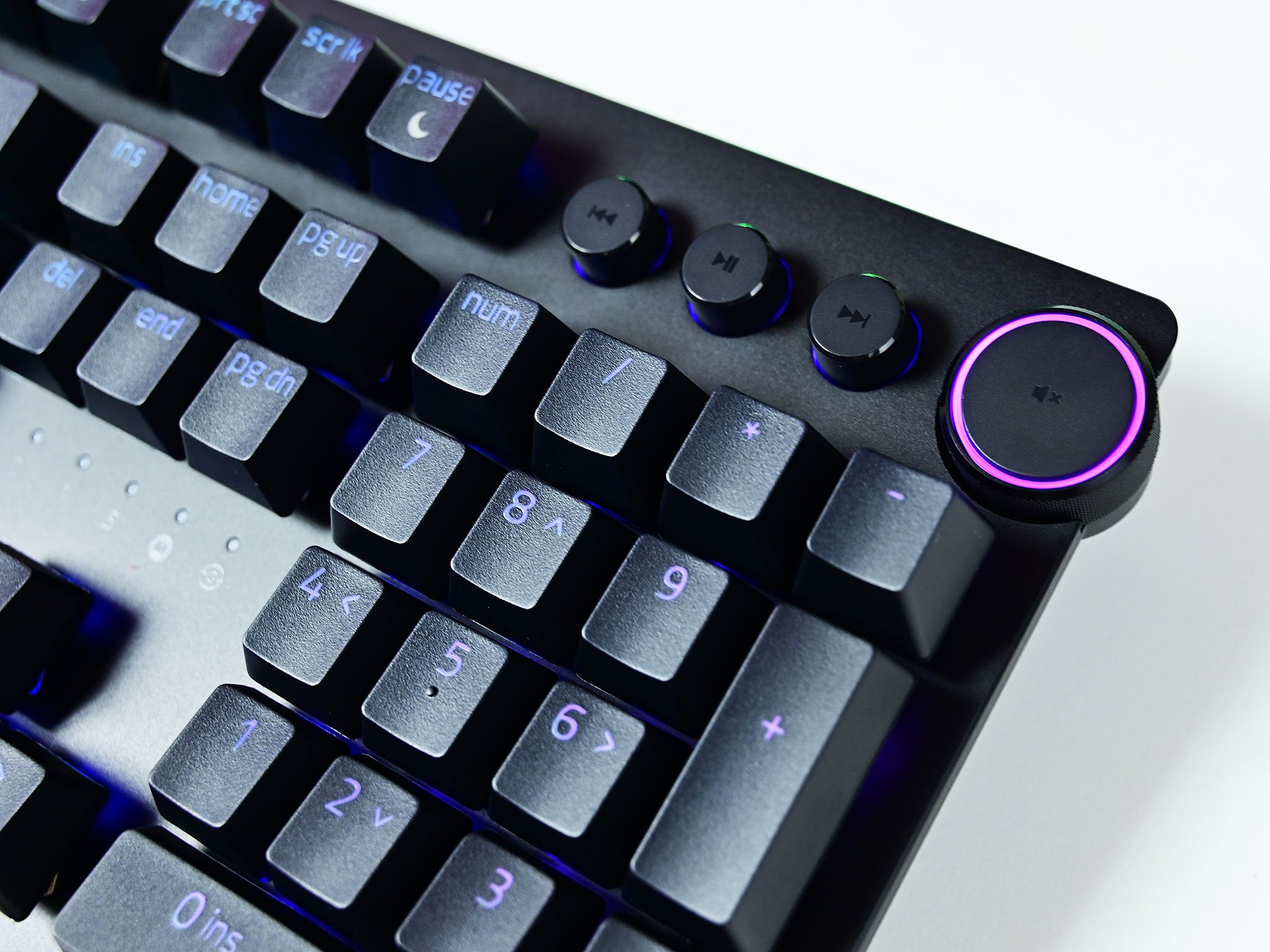
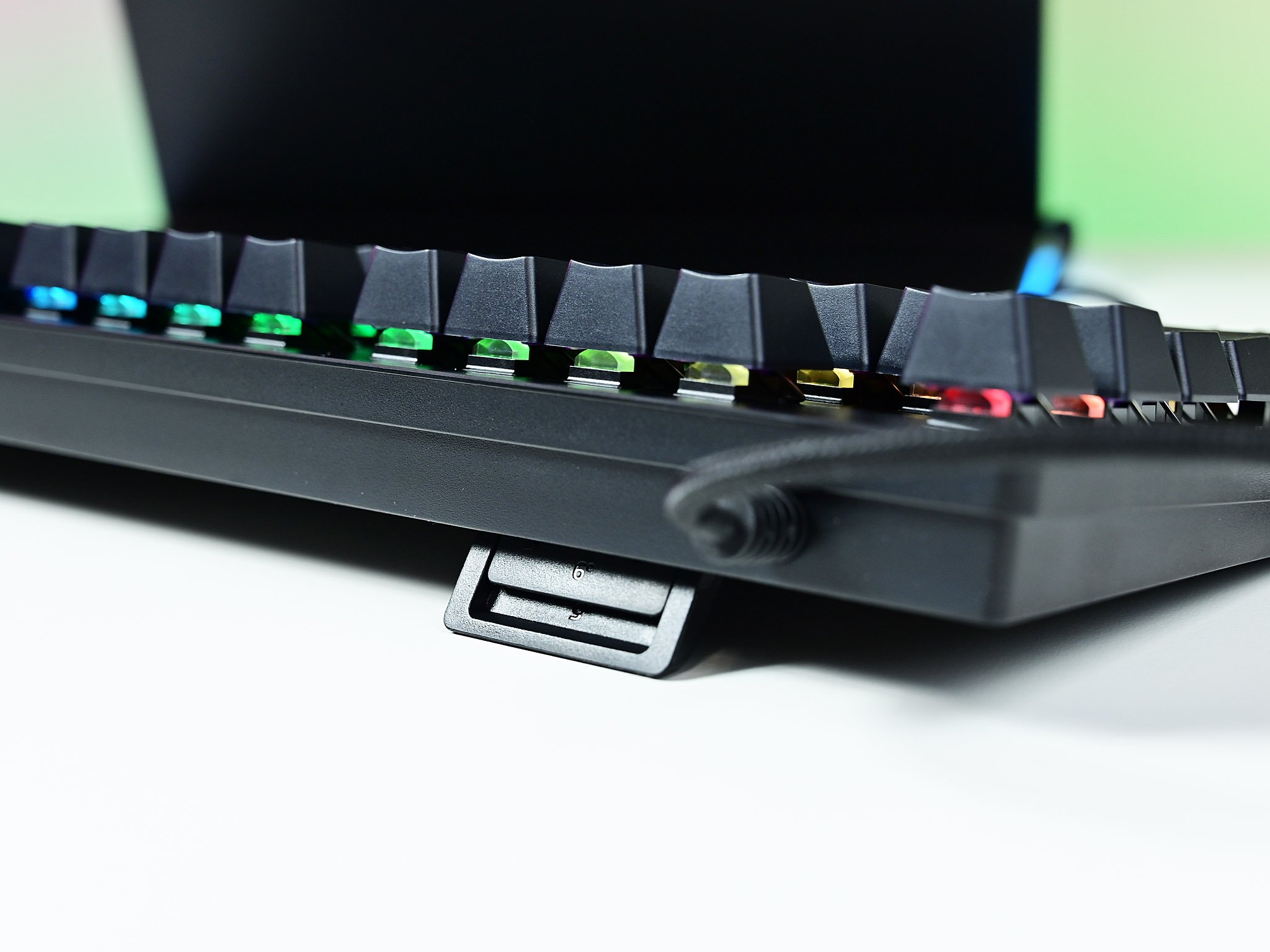
The Aluminum construction also stands out among Razer's other keyboards. The BlackWidow V3 Mini is hardly a badly made keyboard, but side-by-side with the Huntsman V2 and you really get a sense of just how incredible the new keyboard is. This thing is built to last.
Other nice features with the Huntsman V2 includes a wrist rest now in the box with the TKL version as well as the bigger one, and unlike the previous generation Elite, there's now a standard bottom row. That means if you want to replace the stock Doubleshot PBT keycaps with third-party ones, you now have much better compatibility.
Razer Huntsman V2: What you won't like
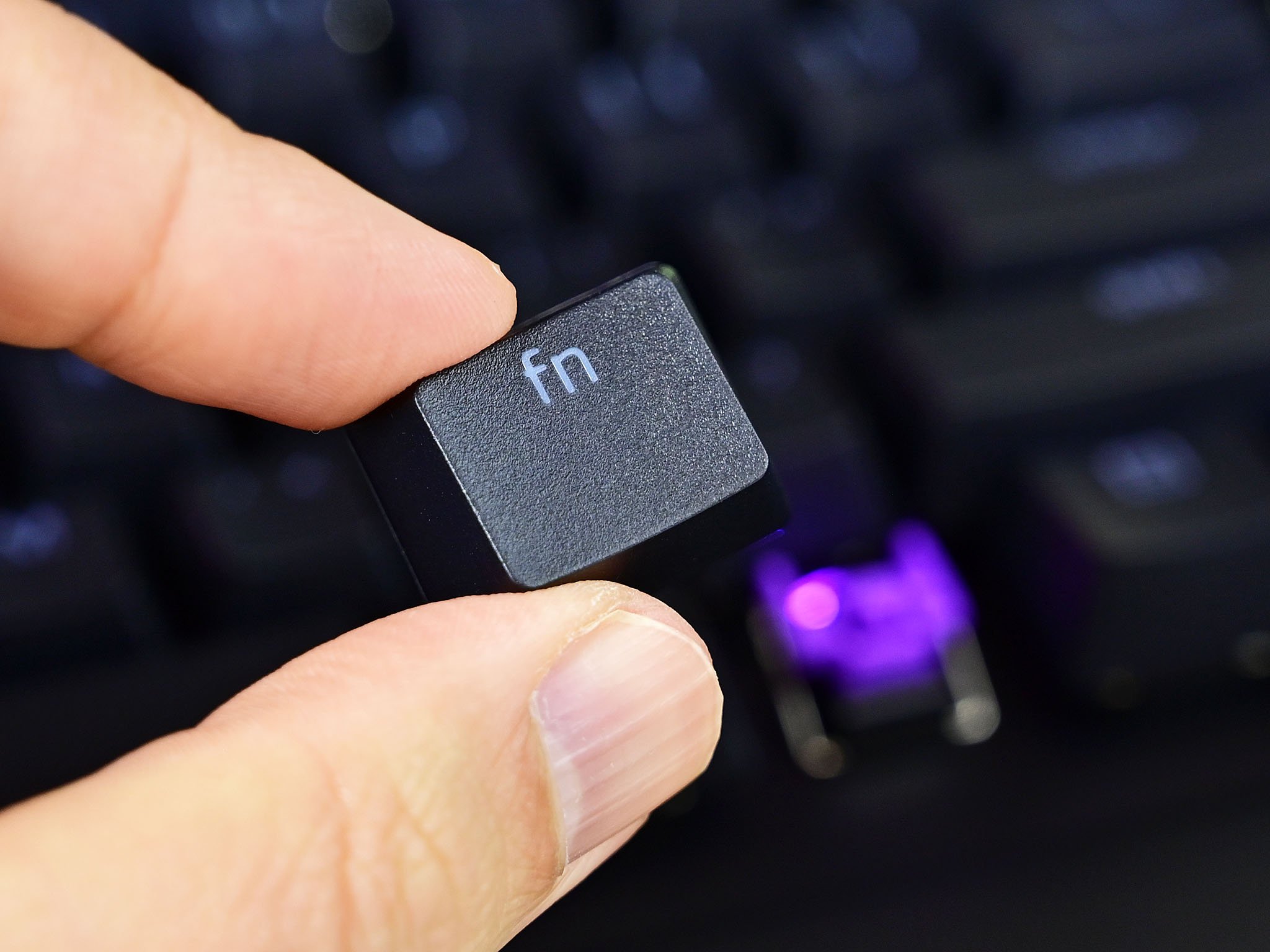
The Huntsman V2 is a refinement rather than a complete redesign, which makes things to criticize pretty difficult. Nevertheless, there are a few points worth highlighting.
The first is the price. This is a premium keyboard, and the price isn't outrageous for what you're getting, but it's still worth highlighting. If you were hoping to keep to a tight budget, this isn't the keyboard for you.
You should also be aware that the switch choice you make will have a profound impact if you're expecting to do a lot of typing on your Huntsman V2. The red switches are brilliant for gaming, but less so I find for typing, with mistakes easier to make since even the slightest of contacts seems to actuate the keys.
For typing, the clicky purple switches are definitely the better choice.
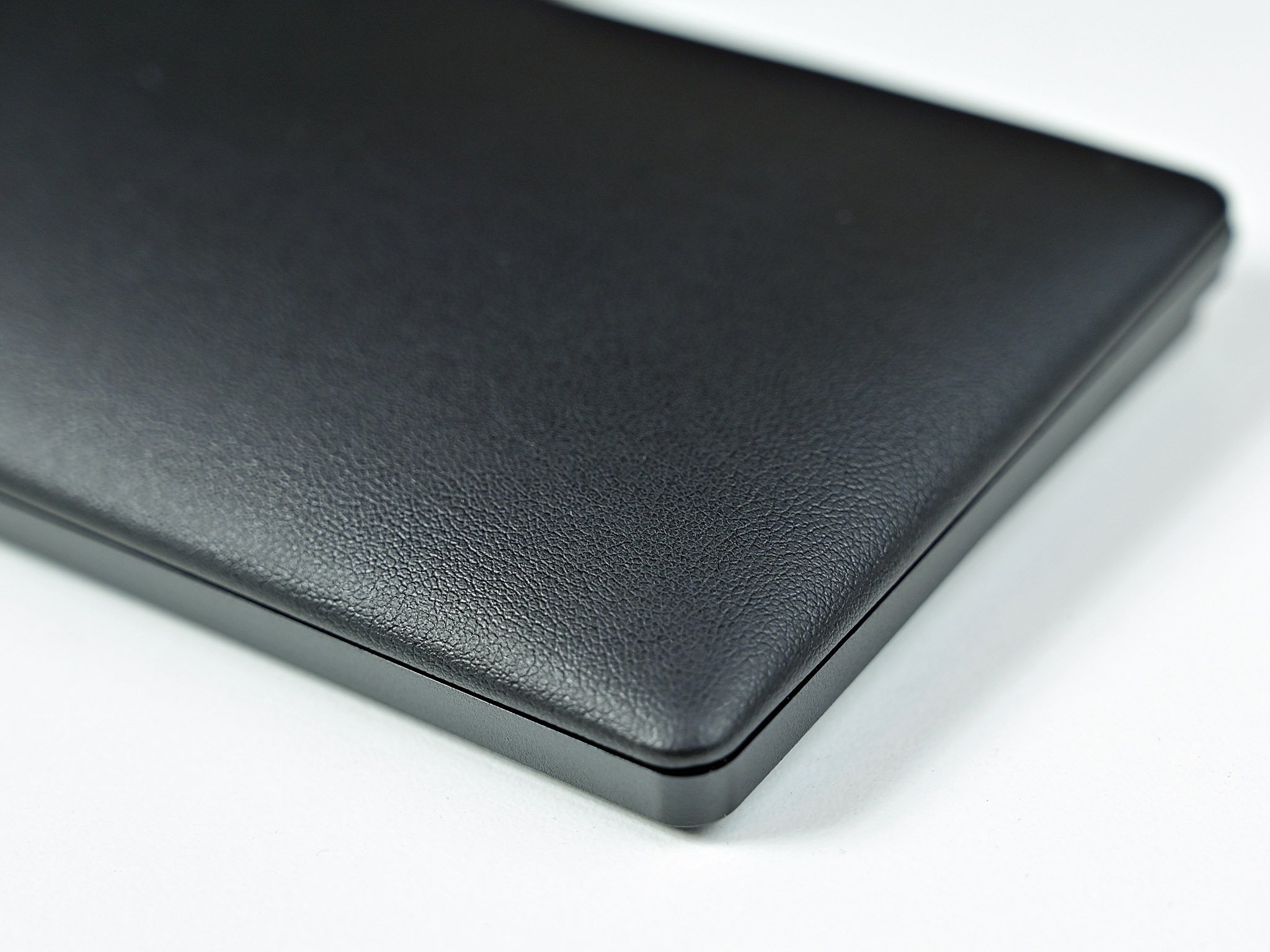
It's also a little disappointing that the wrist rest doesn't actually attach to the keyboard. On one hand, it is at least the redesigned, frameless wrist rest that we've seen before on the Huntsman Analog, but unlike that keyboard, there are no magnets keeping it in place.
It's a minor point, but it's frustrating constantly adjusting the wrist rest because you happened to knock the desk or make any other unintended impacts. Or if you're like me and incapable of sitting still.
Razer Huntsman V2: Competition
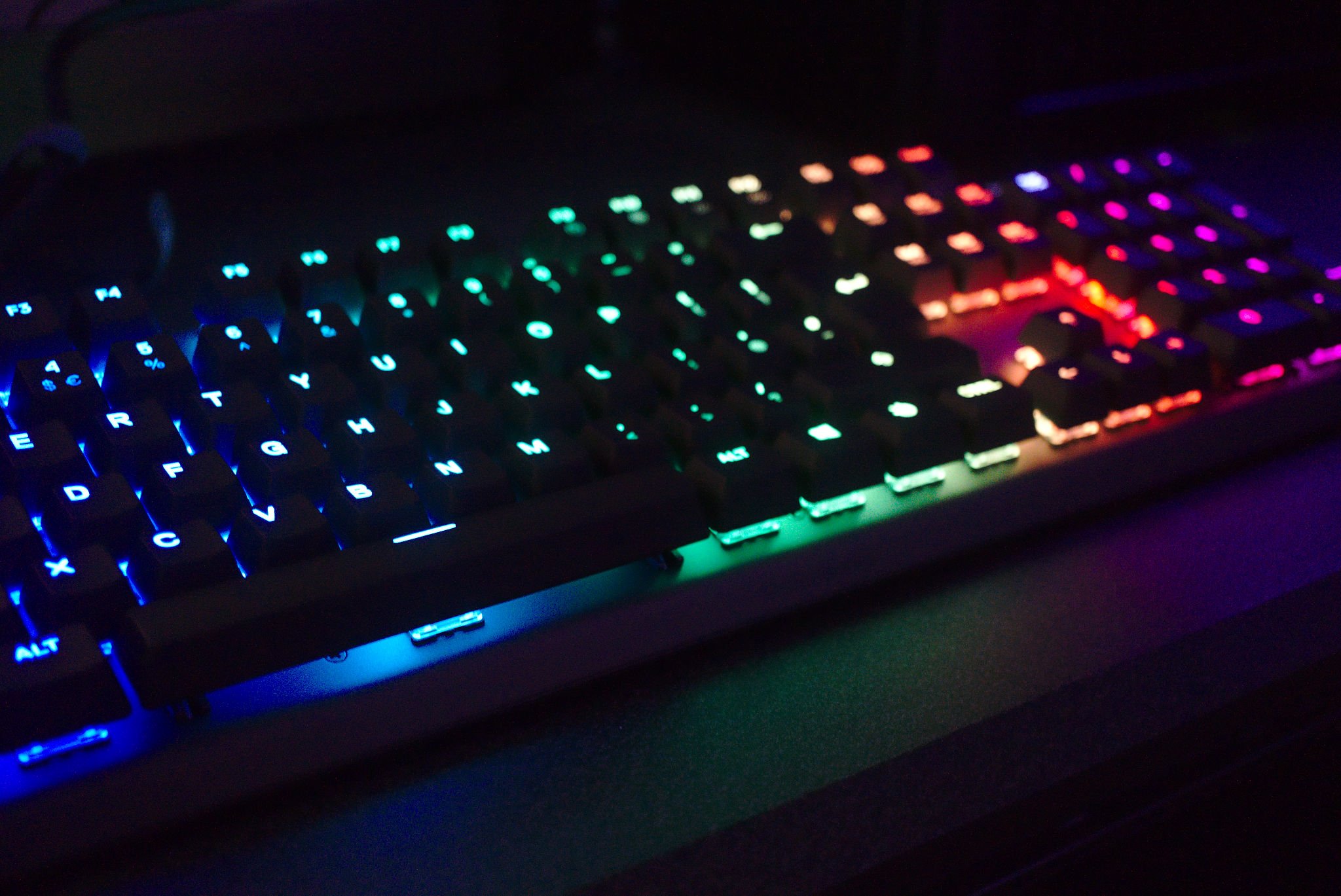
As it happens, some of the closest competition comes from within Razer itself. Razer really does have the best kind of problem to have. As an alternative to the Huntsman V2, you could also consider the BlackWidow V3 Mini Hyperspeed, if you're looking for a small keyboard.
It's one of the best compact gaming keyboards you can get with the added bonus of being wireless. It's a little smaller than the Huntsman V2 TKL, doesn't come with a wrist rest, and uses normal mechanical switches over opticals. But you sacrifice some dedicated keys the smaller you go.
There's an even wider choice for full-sized keyboards, but a solid alternative to the big Huntsman V2 is the SteelSeries Apex Pro. Feature-wise this keyboard is closer to the Huntsman V2 Analog, with adjustable actuation, but as it's been on the market longer the price is now a little more attractive.
Razer Huntsman V2: Should you buy it?

You should buy this if ...
- You're looking for outstanding gaming performance
- You like mechanical switches but wish they were quieter
- You want the freedom to customize as you wish
You shouldn't buy this if...
- You're on a tighter budget
- You're looking for a wireless keyboard
You really have to reach to find anything to dislike about the Razer Huntsman V2. This family is Razer's flagship for gaming keyboards, and all the best tech and build quality is found with the Huntsman name attached.
It's particularly nice that Razer is trying to streamline its product lineup, offering the same hardware and features but at two different sizes. The Huntsman V2 doesn't try to reinvent anything, it just improves on what was already an utterly superb keyboard.
For most people, the purple switch TKL version is the one to get, but whether you're mainly typing or gaming, there's something here for you. The Razer Huntsman V2 is stupendously good.

Daniel Rubino is the Editor-in-chief of Windows Central. He is also the head reviewer, podcast co-host, and analyst. He has been covering Microsoft since 2007 when this site was called WMExperts (and later Windows Phone Central). His interests include Windows, laptops, next-gen computing, and wearable tech. He has reviewed laptops for over 10 years and is particularly fond of 2-in-1 convertibles, Arm64 processors, new form factors, and thin-and-light PCs. Before all this tech stuff, he worked on a Ph.D. in linguistics, performed polysomnographs in NYC, and was a motion-picture operator for 17 years.
